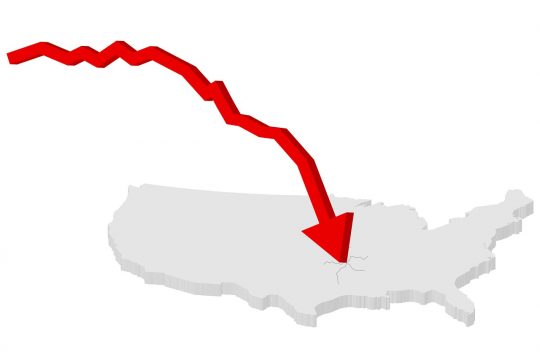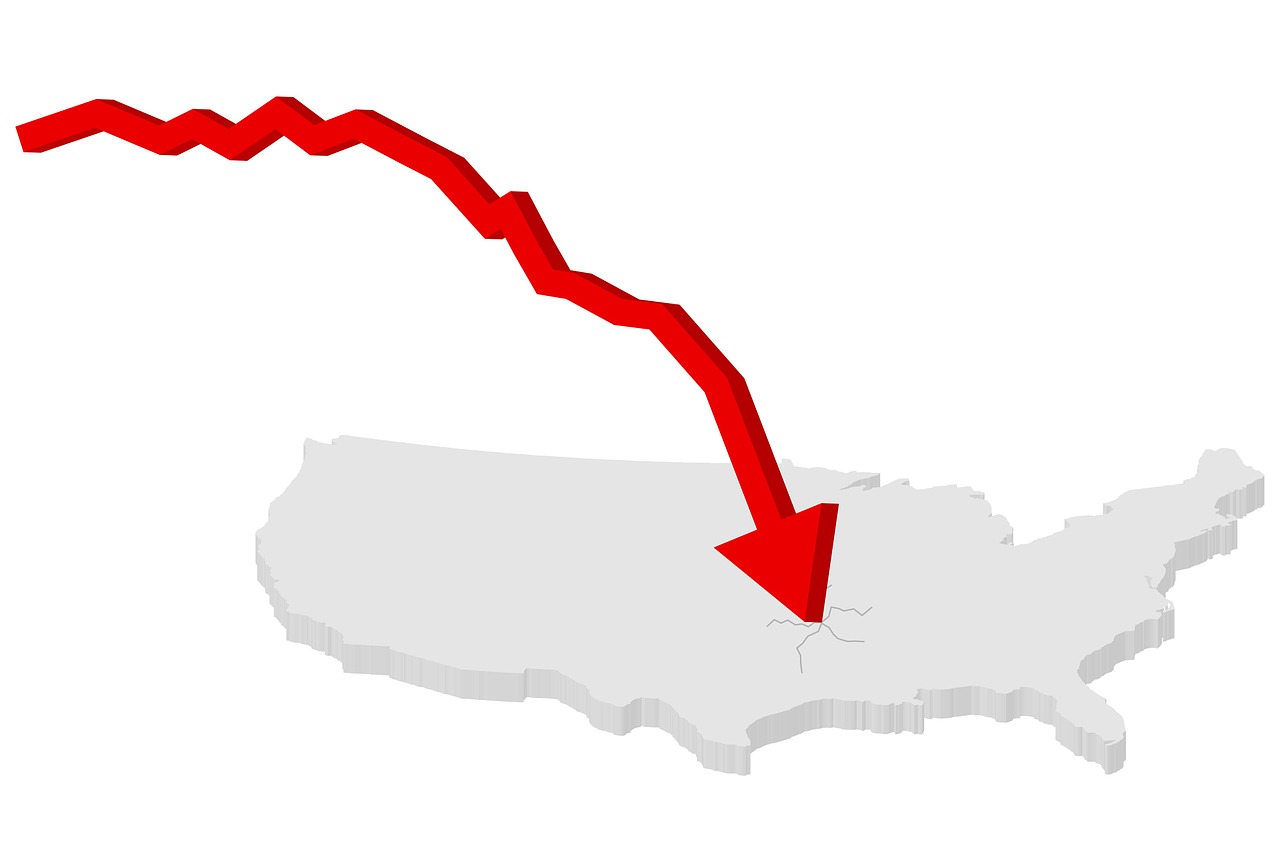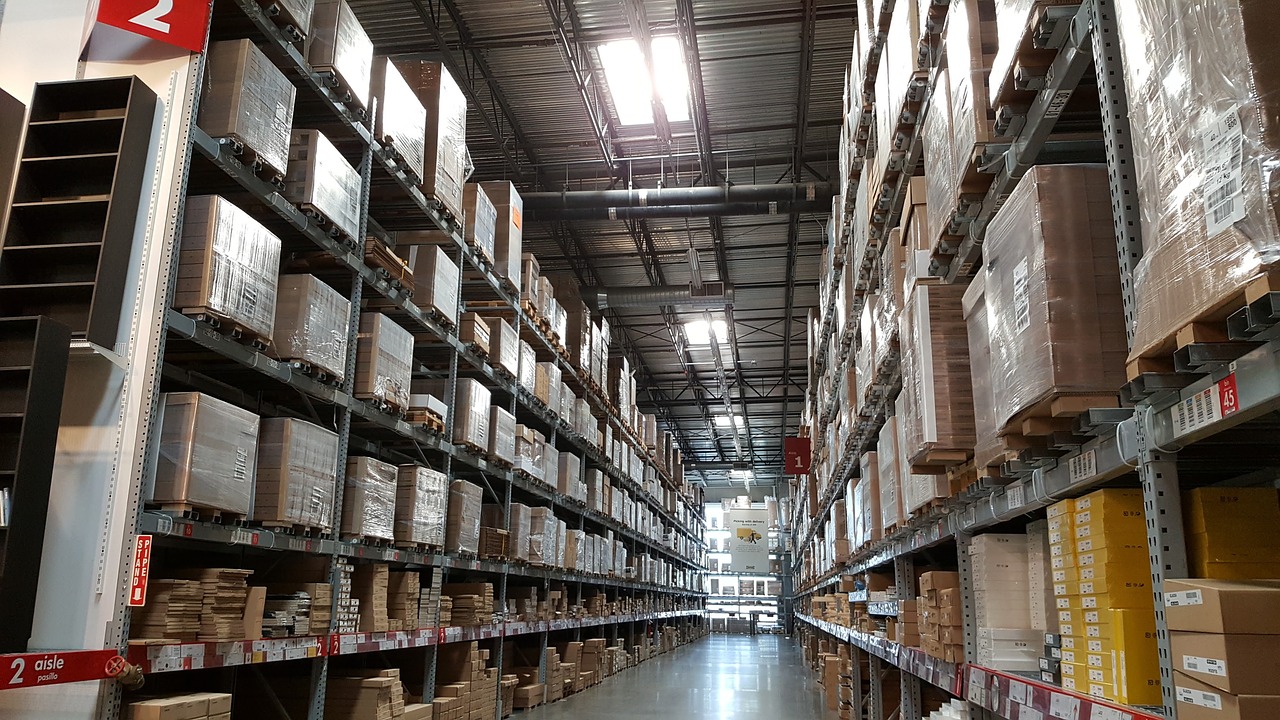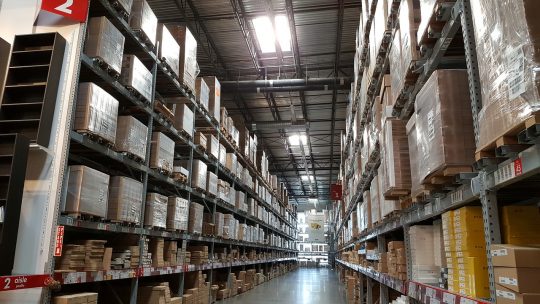 We continue to get more indications that U.S. economic conditions are going to deteriorate rapidly during the second half of this year. Yesterday, I reported on a brand new survey which found that 69 percent of U.S. CFOs believe that a recession is coming “by the end of 2020”, and today we learned that Morgan Stanley’s Business Conditions Index has fallen dramatically. In fact, according to CNBC the sudden drop in the index was “the largest one-month decline on record”…
We continue to get more indications that U.S. economic conditions are going to deteriorate rapidly during the second half of this year. Yesterday, I reported on a brand new survey which found that 69 percent of U.S. CFOs believe that a recession is coming “by the end of 2020”, and today we learned that Morgan Stanley’s Business Conditions Index has fallen dramatically. In fact, according to CNBC the sudden drop in the index was “the largest one-month decline on record”…
A reading of the economy from Morgan Stanley is signaling “June gloom.”
Morgan Stanley’s Business Conditions Index, which captures turning points in the economy, fell by 32 points in June, to a level of 13 from a level of 45 in May. This drop is the largest one-month decline on record and the lowest level since December 2008 during the financial crisis, according to the firm.
At this point, I really don’t see how anyone can possibly claim that the U.S. economy is doing well. We also just learned that U.S. unemployment claims have now risen for three weeks in a row, and the trade war is clearly beginning to take an immense toll on the economy.
This week, Walmart, Costco and hundreds of other companies jointly sent President Trump a letter that essentially begged him to end this trade war with China. The following comes from CNN…
More than 600 companies and industry trade associations — including Walmart, Costco, Target, Gap, Levi Strauss and Foot Locker — wrote to the White House urging Trump to remove levies on China and end the ongoing trade war.
“We know firsthand that the additional tariffs will have a significant, negative, and long-term impact on American businesses, farmers, families, and the US economy,” the companies said in the letter. “An escalated trade war is not in the country’s best interest, and both sides will lose.”
Of course this is exactly what I have been telling my readers for a long time.
There aren’t going to be any winners in this trade war, and anyone that suggests that there will be is just being delusional.
If there had been a quick resolution to the trade war, large corporations could have perhaps swallowed the increased costs that they are facing. But since it appears that this trade war will be with us for the foreseeable future, big companies are going to be forced to pass those costs on to consumers, and some top executives are openly admitting this…
“At the end of the day, prices will go up on things,” Costco (COST) chief financial officer Richard Galanti told analysts last month. Dollar General (DG) Chief Financial Officer John Garratt also said the company’s low-income shopping base “will be facing higher prices as 2019 progresses.”
If prices go up but our paychecks stay the same, that means that our standard of living is going to go down.
And as I noted yesterday, it is being projected that U.S. corporate earnings will be way down in the second quarter, so the big corporations are definitely suffering as well.
Meanwhile, China is warning of substantial damage to their economy too, and the Chinese Ministry of Commerce just told the press that this trade war could lead to a global recession…
Chinese Ministry of Commerce spokesman Gao Deng told a Beijing press conference on Thursday that “there will be no winner in the trade war, which could cause a recession in the United States and global economies.”
The ministry did not disclose US investment growth in China for the month of May alone, but the plunge seems to have coincided with the collapse of trade talks between Beijing and Washington.
Of course we were almost certainly heading toward a global recession anyway, but the trade war is definitely accelerating our problems.
At this point, global trade has already collapsed to levels not seen since the depths of the last recession. Manufacturing numbers are plunging all over the world, and we just got some brand new numbers from the U.K. that are extremely alarming…
Production output in the UK dropped by 2.7% in April from March, and GDP fell by 0.4% in just one month, according to the latest figures by the Office of National Statistics. The manufacturing sector provided the largest contribution to the downturn, with the manufacturing index plunging 3.9% in April, from March, its biggest monthly fall since June 2002.
June 2002 was 17 years ago.
Not even during the last recession did we witness a monthly decline of that magnitude.
The speed at which the global economy is now deteriorating is breathtaking, and the crisis that so many thought had passed us by could actually be right on the doorstep.
And of course most Americans are completely and utterly unprepared for any sort of an economic crisis. Today, 59 percent of us are living paycheck to paycheck, and a survey that was just released discovered that the financial situation of most Americans has not improved since 2007…
Bankrate surveyed 2,740 adults across the country. Of those surveyed, 2,315 were older than 18 when the recession started.
Among people who were adults before the recession hit, 33 percent said their financial situation is “about the same” as it was before 2007, while 23 percent said their situation is worse.
When you add those two numbers together, you get a total of 56 percent of all Americans that say that their financial situation is either “worse” or “about the same” as it was just before the last recession hit.
That isn’t good, and now another major downturn is here.
But of course most Americans assume that everything is going to be just fine. For most of us, the pain of the last recession is a fading distant memory, and things have been relatively stable for an extended period of time.
So for the moment, most of the population is not too alarmed about what is coming.
Unfortunately, that will soon change in a major way.
 About the author: Michael Snyder is a nationally-syndicated writer, media personality and political activist. He is the author of four books including Get Prepared Now, The Beginning Of The End and Living A Life That Really Matters. His articles are originally published on The Economic Collapse Blog, End Of The American Dream and The Most Important News. From there, his articles are republished on dozens of other prominent websites. If you would like to republish his articles, please feel free to do so. The more people that see this information the better, and we need to wake more people up while there is still time.
About the author: Michael Snyder is a nationally-syndicated writer, media personality and political activist. He is the author of four books including Get Prepared Now, The Beginning Of The End and Living A Life That Really Matters. His articles are originally published on The Economic Collapse Blog, End Of The American Dream and The Most Important News. From there, his articles are republished on dozens of other prominent websites. If you would like to republish his articles, please feel free to do so. The more people that see this information the better, and we need to wake more people up while there is still time.















